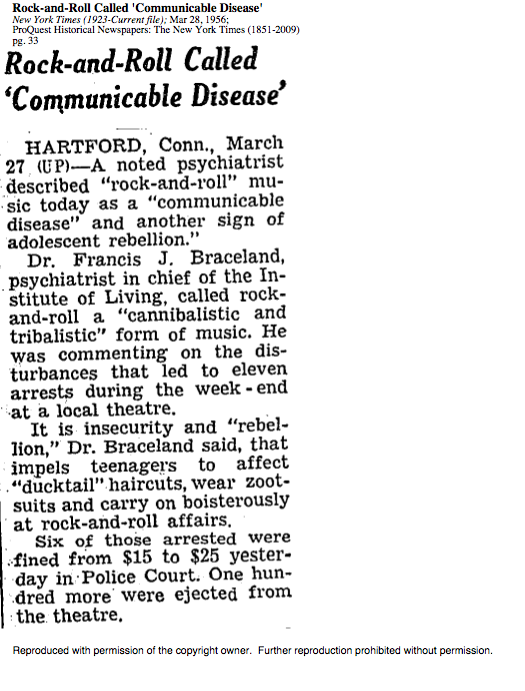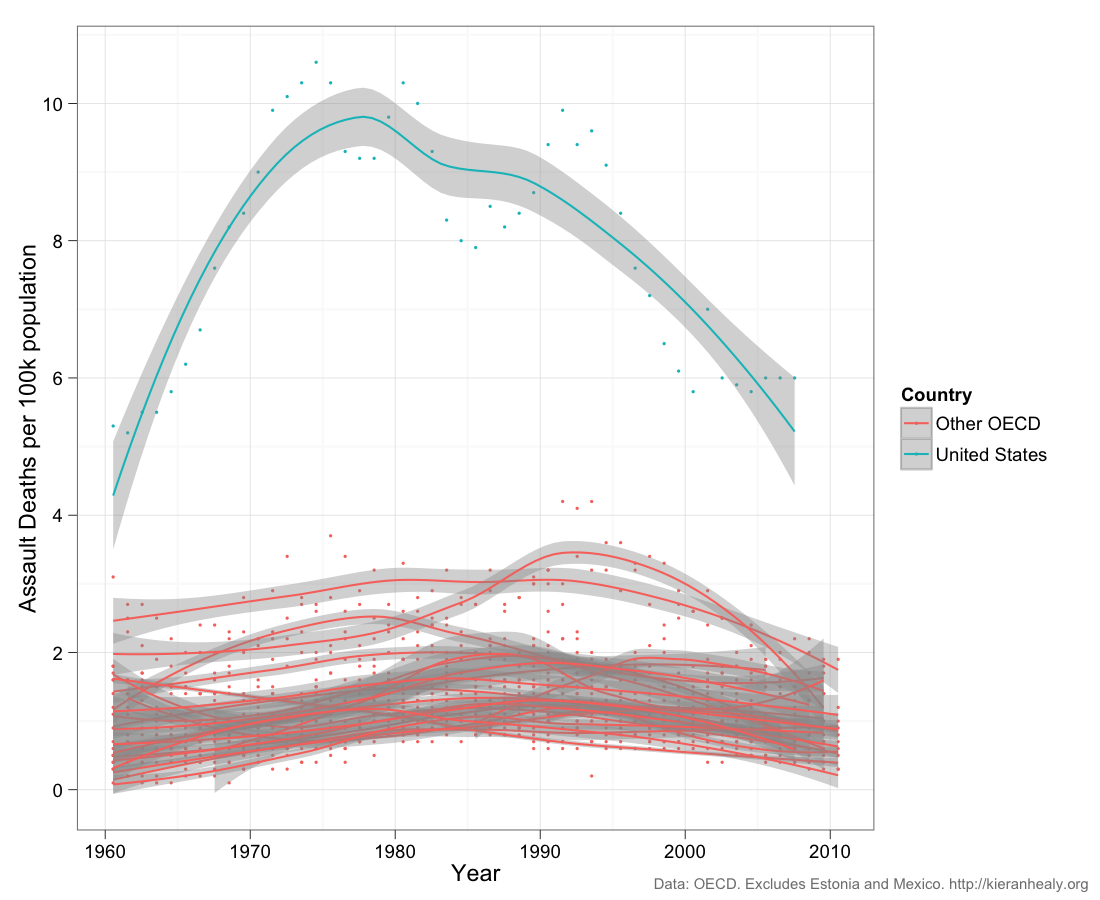Practice In-Class Exam
For the in-class portion of the midterm exam, you will be given some primary historical documents and readings that you will not have seen before, and then asked to answer some questions about them. This format will be testing the same skills as your Wednesday Reports, so it’s a good idea to consult the guidelines for the reports when preparing for this exam.
As practice, consider the following documents:
Sample Documents
Document A
In 1937, Life Magazine published a one-page article about African American blues singer Lead Belly. Read the one-page article on Google Books.
Document B
One of the most popular songs in 1959 among American adults was crooner Bobby Darin’s rendition of the song “Mack the Knife.” Read the lyrics:
One, two, three, four, two, two, three, four
Oh, the shark, babe, has such teeth, dear
And it shows them pearly white
Just a jackknife has old [Incomprehensible], where’s MacHeath, babe?
And he keeps it out of sightYou know when that shark bites with his teeth, babe
Scarlet billows start to spread
Fancy gloves, though wears old MacHeath, babe
So there’s never, never a trace of red, oh, let it swing, yeahOn a sidewalk, blue Sunday mornin’
Lies a body oozin’ life
Some, someone’s sneakin’ ’round a corner
Tell me, could that someone be Old Mack the Knife?There’s a tugboat down by the river, don’t you know?
Where a cement bag, just a’drooppin’ on down
Yes, that cement is there strictly for the weight, dear
Five’ll got to gift you ten Old Macky’s back in townD’ja hear ‘bout Louie Miller? He got disappeared
After drawin’ out all his hard earned cash
And now MacHeath will spend just like a sailor
Could it be our boy done somethin’ rash?
Document C
Read through this list of newspaper articles from the 1950s.
Document D
Read the following article from the New York Times, March 28, 1956.

Document E
Read some selected lyrics from rap songs, excerpted by the BBC.
Document F
Using data from the Organization for Economic Cooperation and Development (OECD), sociologist Kieran Healy has compiled figures about the deaths due to assault (by any means) from 1960 to the present and put the results on the following graph:

Source: kieranhealy.org
Sample Questions
National Rifle Association vice president Wayne La Pierre has recently claimed that depictions of violence in media and popular culture have led to escalating rates of gun crimes by young people. This raises the question, “Have changes in popular music (e.g. in the content of lyrics) during the twentieth century encouraged increased incidences of violent crime in the United States?”
If you were asked to answer that question with these documents:
What additional information would you want to gather about Document D before determining its value as evidence? Explain your choice.
Using only these sources, how would you answer the question: “Have changes in popular music (e.g. in the content of lyrics) during the twentieth century encouraged increased incidences of violent crime in the United States?”
Generate one new historical question from these readings. Make sure that your question demonstrates the hallmarks of historical thinking and, if possible, incorporates known information into the question.
